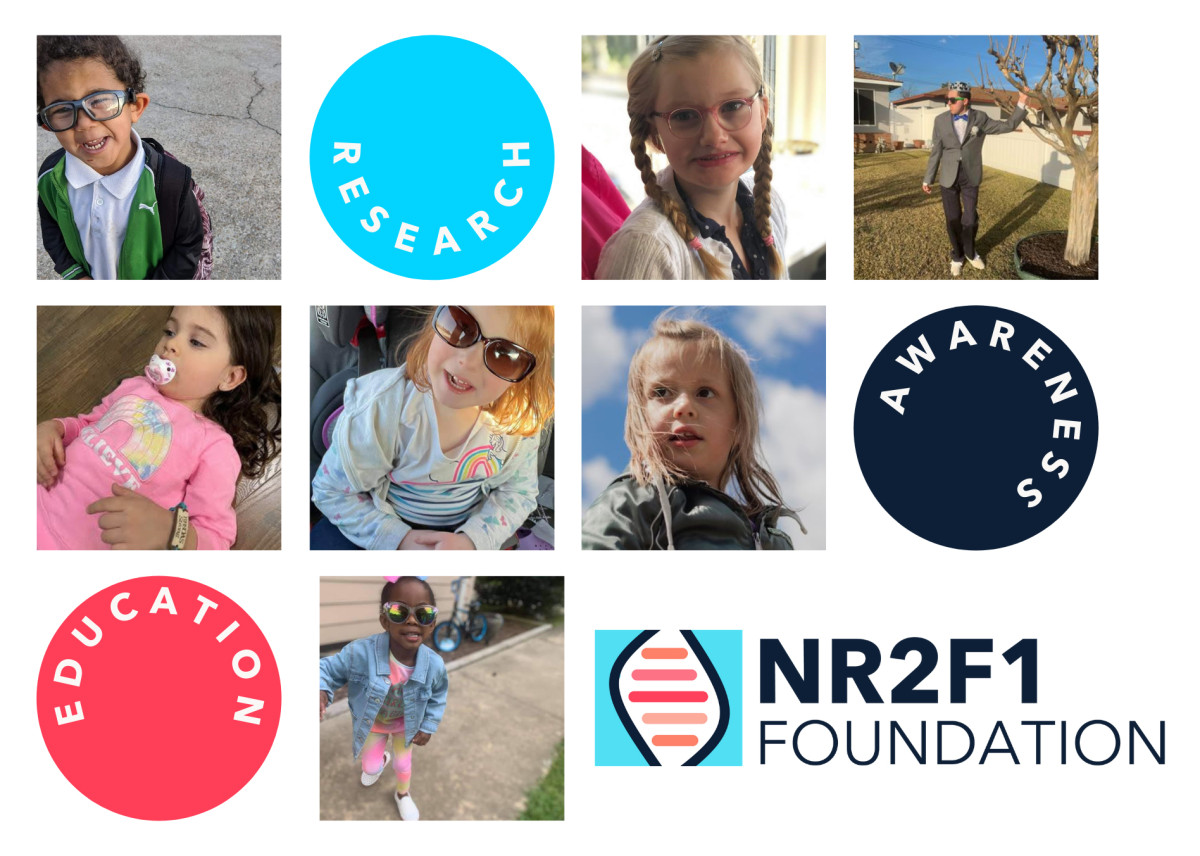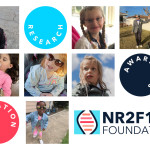The NR2F1 Foundation created a 5-year strategy during its inaugural Strategic Planning session in January of this year (see the website for more information). They convened the inaugural Research Strategy session at the University of Denver on October 7, 2023, and gathered their board members, along with the NR2F1 Scientific Advisors, in person for a day to discuss the current state of research and how the Foundation may contribute to its advancement.

Research Roadmap Developed
By the end of the day, after many conversations with their Scientific Advisors about the most effective use of money and science, they had developed a 3-year Research Roadmap and a list of desired initiatives. All of those initiatives come with a large price tag. However, the Foundation determined that this is an ambitious goal that must be met head-on if research is to truly advance. To make that happen, they must fund an astounding $365,000 (not including the expenditures of running the Foundation).
The Foundation's 3-year Research Roadmap includes:
- Provide three years of funding to three postdoctoral researchers so they can collaborate with their lead scientists (for years two and three fundraising will be needed).
- Establish an NR2F1 New Investigator grant to encourage younger scientists to study the NR2F1 gene.
- Create a new mouse model
- Biomarkers: create a BBSOAS biomarker and present a biorepository collection at the 2024 Family Conference
Current Research Project Update
After putting in countless hours over the previous five years to reach this point, the Foundation is now firmly focused on achieving its goal and mission of empowering families affected by rare NR2F1 gene variations through research, education, and advocacy. One of the Scientific Advisors, Dr. Veeral Shah, of Cincinnati Children's Hospital, who is an expert in BBSOAS, provided an update during the meeting on a research project underway that the Foundation recently provided funding for.

The gene that causes BBSOAS is called NR2F1, yet it can also contribute to cancer in other parts of the body. Please be aware that there is NO CONNECTION between BBSOAS and a higher risk of cancer. Dr. Julio Aguirre-Ghiso of Mount Sinai, a cancer researcher, found a compound known as C26. He discovered that by increasing NR2F1, C26 inhibited the proliferation of cancer cells in a dish. Subsequently, he tested C26 in tumor-bearing mice and saw comparable outcomes.
After reading Dr. Aguirre-Ghiso's work, Dr. Kyle Horning, the former scientific advisor for the NR2F1 Foundation, immediately recognized the link to BBSOAS. Due to NR2F1 gene mutations, BBSOAS patients have less functional NR2F1 protein in their brains and eyes than normal. Raising NR2F1 levels may aid in the treatment of BBSOAS. Thus, after announcing this remarkable finding to the BBSOAS specialists, Dr. Horning recommended that they collaborate to test C26 in mice that have BBSOAS.
Questionable Ability to Pass Through the Blood Brain Barrier
But there was a serious issue. The ability of C26 to penetrate the blood-brain barrier (BBB) was unknown. The blood-brain barrier (BBB) is a barrier that surrounds the brain and prevents some chemicals from entering the bloodstream and entering neurons. The BBB blocks many potential medications, which prevents the molecules from being effective treatments for brain disorders. Determining if C26 can cross the BBB and enter neurons is therefore the first step. A pharmacology team is collaborating with Dr. Veeral Shah of Cincinnati Children's Hospital to test this. What if C26 is unable to enter the brain?
Following the publication of the C26 study in 2022, Dr. Aguirre-Ghiso has identified a few other compounds that similarly raise NR2F1. The same problem as C26 faces these compounds, C104 and C110 - we are unsure if they also cross the BBB. Though each of these three molecules has a different shape, one of them may still be able to enter the brain even if the other two are unable to.
Testing and Analysis of C26
Dr. Shah is kindly providing funding for the procurement and analysis of C26 from his laboratory. The NR2F1 Foundation has decided to provide funding for the purchase of C104 and C110 to express their appreciation for his work and to expedite the creation of a treatment for BBSOAS. Researchers will be able to determine the optimal alternative to test on mice thanks to this effort. They will look into whether any of these compounds will help with some of the symptoms of BBSOAS in mice that have NR2F1 mutations. Updates will be coming as this exciting research project develops in the months to come.
Link to Dr. Aguirre-Ghiso’s paper: https://www.ncbi.nlm.nih.gov/pmc/articles/PMC8614154/
A citation for decreased NR2F1 function in BBSOAS: https://www.ncbi.nlm.nih.gov/pmc/articles/PMC3928641/





